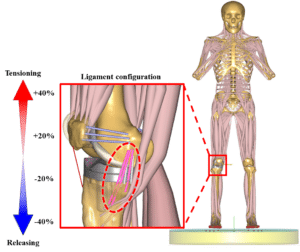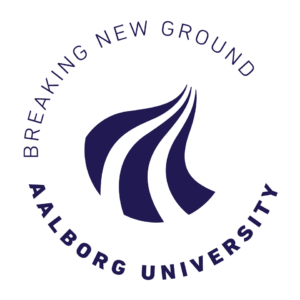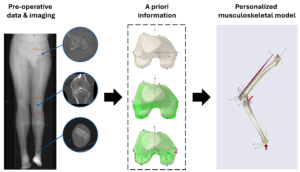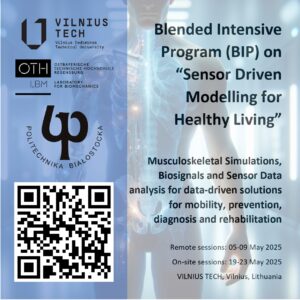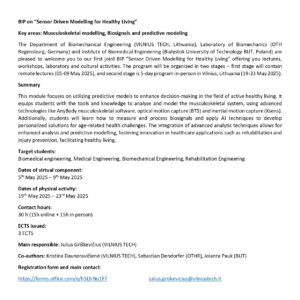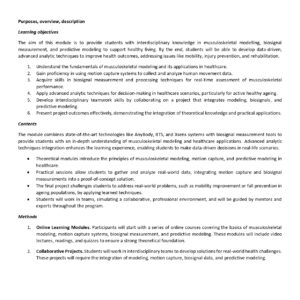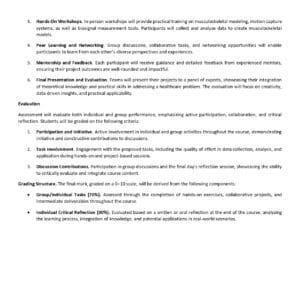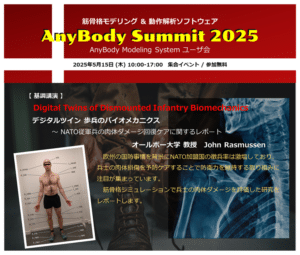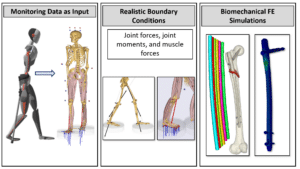Sign up to our newsletter
Sign up to receive webinar invitations, information about events and other news!
Webcast: Impacts of ligament stiffness adjustment on knee joint mechanics in mechanically aligned PS-TKA
Date: April 25, 2025 at 9 AM (CEST)
In total knee arthroplasty (TKA) for varus knee deformities, managing medial collateral ligament (MCL) tension is a critical aspect that directly influences the success of the surgery. Aim of this study is to investigate the biomechanical effects of medial collateral ligament (MCL) stiffness adjustments on knee kinematics in mechanically aligned posterior-substituting (PS) total knee arthroplasty (TKA).
A musculoskeletal model with total knee arthroplasty (TKA) was developed based on a squat model from the AnyBody Managed Model Repository (AMMR) to evaluate medial femoral rollback, femoral rotation, and joint contact forces. A commercially available TKA design (Corentec Co., Ltd., Republic of Korea) was inserted following mechanical alignment principles. The model incorporated 17 ligaments: the medial collateral ligament (MCL), lateral collateral ligament (LCL), medial and lateral patellofemoral ligaments (MPFL, LPFL), and the anterior cruciate ligament (ACL).
One of the key findings of this study is that adjusting MCL stiffness directly influences femoral rollback and rotation during knee flexion. Notably, this study provides quantitative data on the changes in femoral rollback and rotation when MCL stiffness is adjusted within a 20 – 40 % range, offering practical guidance for surgeons during intraoperative decision-making.
Presented by:
Junseo Kim, Department of Mechanical Engineering, Sejong University, Seoul, Republic of Korea
Ph.D. Course: Welcome to Advanced Musculoskeletal Modeling with Emphasis on the Thoracic Spine and the Shoulder
Date: April 28 – May 2, 2025
Location: Aalborg University, Denmark and online
- Read more about the course here: AAU Ph.D course
Webcast: Personalized Musculoskeletal Modelling to Predict Total Knee Arthroplasty Mechanics from Clinical Input Data
Date: May 5, 2025 at 2 PM (CEST)
Total knee arthroplasty (TKA) is a successful surgical procedure that provides pain relief and restores patient mobility. Despite encouraging implant survival rates, patient satisfaction is stagnant and up to 30% of patients are dissatisfied due to limited function associated with activities of daily living. Currently, only static biomechanical approaches are considered in the clinical workflow. For example, implant alignment is based on a geometric load axis at full leg extension, and the intraoperative functional testing and ligament balancing are performed by manual manipulation by the surgeon. Up to 90% of the forces in the knee joint are not present in the unloaded intraoperative situation. Personalized musculoskeletal models have the potential to predict the active interactions of the knee joint and provide valuable insights for functional optimization of implant alignment or for personalized implant design.
The development of a personalized musculoskeletal model for total knee arthroplasty is a challenging task, especially given the limited data available in routine clinical practice. Typically, anthropometric data and medical imaging data of the knee joint region, hip and ankle are acquired. However, inverse dynamic analysis requires motion data and external loads, which are available in a research environment but not in general practice.
In this webcast, we present a personalized musculoskeletal model suitable for predicting the TKA mechanics based on clinical input data using the AnyBody Modeling System. Rather than personalizing a full body model, we built a lower extremity model from scratch based solely on input data available in routine clinical practice. A squat motion was simulated based on a statistical description, external loads were related to anthropometry, and bony landmarks and soft tissue attachments were predicted based on annotated statistical shape models. The approach was validated using in vivo force measurements. The model showed comparable accuracy to previously published musculoskeletal models in estimating in vivo knee contact forces, but with a minimum of input data and reduced personalization effort.
Presented by:
Dr.-Ing. Malte Asseln, Assistant Professor, University of Twente, Department of Biomechanical Engineering, Chair of Medical Device Design & Production, Enschede, The Netherlands (current position)
Chair of Medical Engineering at the Helmholtz-Institute for Biomedical Engineering at RWTH Aachen University, Aachen, Germany (PhD institution from where the work for this webcast essentially originates)
Sensor Driven Modelling for Healthy Living – Musculoskeletal modelling, Biosignals and predictive modeling
Date:
- May 5 – 9, 2025, Online
- May 19 – 23, 2025, Vilnius Tech, Vilnius, Lithuania
AnyBody Summit 2025 hosted by Terrabyte
Date: May 15, 2025
Location: Tokyo, Japan
Find information about this event here: AnyBody Summit 2025
Webcast: Optimizing Fracture Healing: Realistic Boundary Conditions
Date: June 10, 2025 at 9 AM (CEST)
Understanding the intricate interplay of factors influencing the healing process is paramount to optimizing fracture healing. Our research addresses interfragmentary movement and bone implant stability.
We focus on personalized simulations with a central role of realistic patient-specific boundary conditions via musculoskeletal simulations based on motion-capturing data of patients with lower and upper extremity fractures. We aim to illustrate the complete healing process from the first movements after a surgery to the rehabilitation exercises and daily living. To realize a high degree of individualization in the virtualization process, we use clinical imaging of patients via computed tomography (CT) scans. Our team segments the CT images and generates a corresponding adaptive finite element (FE) mesh for the bone-implant systems. All information from the musculoskeletal simulation was passed as patient-specific boundary conditions to our biomechanical FE simulation process based on the patient specific meshes. The evaluation of this diverse data set through musculoskeletal simulations results in a comprehensive understanding of the factors contributing to how different movement influences fracture healing.
In addition, the realistic boundary conditions reflect the natural fracture environment without resorting to idealized loads or rigid, unrealistic boundary conditions. The whole process helps unravel the complexity of the healing process, ultimately developing strategies for optimal rehabilitation, improving preoperative planning, and evaluating the ideal conditions for fracture healing.
Presented by:
Annchristin Andres, M.Sc. Applied Mechanics, Saarland University
